Home>diy>Building & Construction>Where Is The Freighter Construction Area
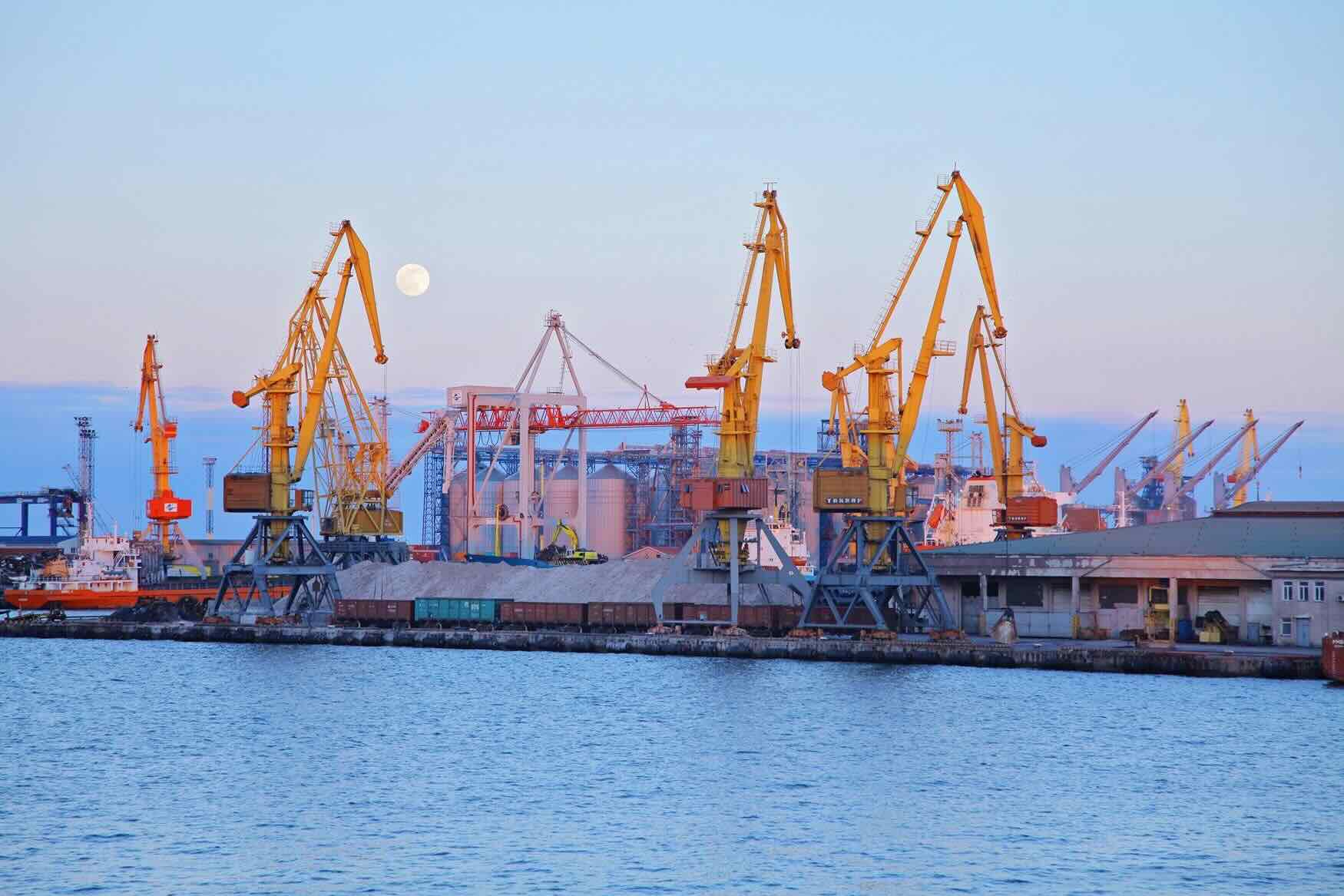

Building & Construction
Where Is The Freighter Construction Area
Modified: September 1, 2024
Discover the exact location of the freighter construction area in this comprehensive guide. Learn more about building construction and find out where to witness the impressive process.
(Many of the links in this article redirect to a specific reviewed product. Your purchase of these products through affiliate links helps to generate commission for Storables.com, at no extra cost. Learn more)
Introduction
Freighters play a crucial role in the transportation of goods across the world, serving as the backbone of global trade. These massive vessels are meticulously constructed in specialized areas known as freighter construction areas. Understanding the location of these construction areas is vital for various stakeholders in the shipping industry, including shipbuilders, logistics companies, and port authorities.
In this article, we will explore the significance of freighter construction areas, the factors influencing their location, common locations for these areas, challenges in identifying them, and advancements in technology that aid in their identification.
So, if you’ve ever wondered where these giant vessels are built or are simply curious about the intricacies of the construction process, read on to discover the secrets behind the locations of freighter construction areas.
Key Takeaways:
- Freighters construction areas are strategically located to optimize access to raw materials, skilled labor, and shipping routes, driving economic growth and innovation in the global maritime industry.
- Technological advancements, such as satellite imagery and data analytics, are revolutionizing the identification of freighter construction areas, enhancing transparency and collaboration within the shipbuilding industry.
Read more: How To Calculate The Construction Area
Importance of Freighter Construction Areas
Freighter construction areas serve as the birthplace of these massive cargo vessels. They are crucial for the maritime industry as they fulfill several important functions.
1. Economic Growth: Freighters play a vital role in international trade by transporting goods across oceans. The construction of these vessels stimulates economic growth and creates job opportunities in the shipbuilding industry.
2. Capacity Enhancement: As the demand for goods and commodities continues to grow, the need for larger and more efficient freighters has increased. Freighter construction areas enable the development of advanced vessels with greater cargo capacity, thus enhancing global shipping capabilities.
3. Innovation and Technological Advancements: Construction areas serve as hubs for innovation and technological advancements in shipbuilding. Researchers and engineers constantly strive to develop cutting-edge technologies, such as fuel-efficient engines and eco-friendly materials, to improve the performance and sustainability of freighters.
4. Competitiveness: Countries with well-established freighter construction areas gain a competitive advantage in the global shipping industry. These areas attract international shipbuilding companies, leading to a transfer of knowledge and expertise and fostering the growth of a skilled workforce.
5. Infrastructure Development: The establishment of freighter construction areas often necessitates the development of supporting infrastructure, including docks, ports, and logistics facilities. This infrastructure investment not only provides employment opportunities but also improves the overall transportation and logistics capabilities of the region.
6. National Security: The construction of freighters is not only important for commercial purposes but also for national security. These vessels can be repurposed for military use during times of conflict or emergencies, contributing to a country’s defense capabilities.
In summary, freighter construction areas are of paramount importance as they drive economic growth, enhance shipping capacity, foster innovation, promote competitiveness, spur infrastructure development, and contribute to national security. Understanding the significance of these areas is crucial for policymakers, investors, and stakeholders involved in the maritime industry.
Factors Influencing the Location of Freighter Construction Areas
The location of freighter construction areas is influenced by various factors, ranging from geographical and logistical considerations to economic and regulatory aspects. Let’s explore some key factors that play a role in determining the ideal location for these specialized areas.
1. Proximity to Raw Materials: Freighters are predominantly made of steel, requiring a steady supply of iron ore and other raw materials. Locating construction areas near regions with abundant access to these raw materials reduces transportation costs and ensures a seamless supply chain for shipbuilders.
2. Strategic Geographical Location: Construction areas are often strategically positioned near major shipping lanes, ports, or logistical hubs. This location enables efficient transportation of completed vessels to their intended destinations and facilitates easy access to international markets.
3. Local Workforce and Skills: The availability of a skilled workforce is a critical factor in determining the location of construction areas. Proximity to educational institutions specializing in shipbuilding and maritime engineering ensures a skilled labor pool that can meet the complex demands of constructing freighters.
4. Government Support and Incentives: Governments that offer favorable policies and incentives, such as tax breaks or subsidies, attract shipbuilding companies to establish construction areas within their respective jurisdictions. This support fosters economic growth, job creation, and technological advancements in the shipbuilding industry.
5. Environmental Regulations: Strict environmental regulations can influence the choice of construction area location. Shipbuilders may opt for areas with favorable environmental policies and infrastructure to minimize the impact of construction activities on surrounding ecosystems.
6. Infrastructure and Facilities: Adequate infrastructure, including deep water ports, dry docks, and ship repair facilities, is essential for the construction and maintenance of freighters. The presence of such infrastructure in the vicinity of the construction area streamlines the entire shipbuilding process.
7. Cost and Economic Factors: Cost considerations play a significant role in selecting the location of construction areas. Factors such as land costs, labor wages, taxes, and access to utilities and transportation networks influence the overall cost-effectiveness of constructing freighters in a particular area.
8. Political Stability and Security: Construction areas require a stable political environment and robust security measures to safeguard valuable assets and investments. Countries with stable political systems and low geopolitical risks tend to attract shipbuilders and investors.
These factors collectively shape the decision-making process when selecting the location for freighter construction areas. A careful assessment of these factors ensures that the chosen location optimizes resources, enhances efficiency, and creates a conducive environment for the shipbuilding industry.
Common Locations for Freighter Construction Areas
Freighter construction areas are found in various locations around the world, each offering unique advantages and catering to specific needs of the shipbuilding industry. Let’s explore some of the common locations where these specialized areas are typically established.
1. East Asia: East Asia, particularly countries like South Korea, China, and Japan, has emerged as a dominant hub for freighter construction. These countries have a long-standing shipbuilding tradition combined with advanced technological capabilities and a skilled workforce. Shipyards in South Korea, for example, are renowned for constructing large-scale container ships and oil tankers.
2. Northern Europe: Northern European countries, such as Germany, Norway, and the Netherlands, have a strong presence in the shipbuilding industry. These countries benefit from their proximity to major shipping routes in the North Sea and the Baltic Sea. Shipyards in this region are known for their specialization in the construction of high-quality, sophisticated vessels, including cruise ships and offshore support vessels.
3. Gulf Cooperation Council (GCC) Countries: The GCC countries, including the United Arab Emirates and Saudi Arabia, have witnessed significant growth in shipbuilding activities. These countries leverage their strategic location near major shipping routes connecting Europe, Asia, and Africa. The construction areas in this region focus on offshore support vessels, superyachts, and naval vessels.
4. North America: North America has a long history of shipbuilding, with countries like the United States and Canada hosting shipyards across their coastlines. The Great Lakes region in the U.S. is known for constructing vessels for inland waterways, while coastal areas focus on offshore vessels, fishing boats, and research vessels.
5. Latin America: Latin American countries, such as Brazil and Argentina, possess vast coastlines and a growing shipbuilding industry. These countries are focused on constructing various types of vessels, including oil tankers, cargo ships, and offshore support vessels, to support their growing economies and extractive industries.
6. Southeast Asia: Southeast Asian countries like Vietnam, Indonesia, and Singapore have emerged as key players in the shipbuilding market. These countries offer competitive labor costs, extensive shipbuilding infrastructure, and access to international shipping routes. Construction areas in this region cater to a wide range of vessel types, from bulk carriers to small cargo ships.
7. South America: South American countries like Chile and Colombia have seen a rise in shipbuilding activities due to their proximity to major trading routes in the Pacific and Atlantic Oceans. These construction areas specialize in fishing vessels, offshore support vessels, and ferries.
8. Australia: Australia has a significant shipbuilding presence, particularly focusing on naval vessels and offshore platforms. The country’s shipyards leverage its expansive coastline and strategic positioning in the Asia-Pacific region.
These are just some of the common locations for freighter construction areas around the world. Factors such as proximity to shipping routes, skilled labor availability, technological capabilities, and favorable government policies contribute to the selection of these areas. The choice of location ultimately depends on the specific requirements and goals of shipbuilders and the evolving demands of the global shipping industry.
Check maritime industry news and websites for updates on new freighter construction projects. You can also look for shipyards with a history of building freighters, such as those in South Korea, China, and Japan.
Challenges in Identifying Freighter Construction Areas
Identifying freighter construction areas can present several challenges due to a variety of factors. These challenges can stem from the nature of the shipbuilding industry, competition among shipbuilders, complex supply chains, and the dynamic nature of global trade. Let’s explore some of the common challenges faced when trying to identify freighter construction areas.
1. Lack of Publicly Available Information: The shipbuilding industry is known for its competitive and secretive nature. Shipbuilders often guard the location of their construction areas to maintain a competitive advantage. This lack of public information makes it difficult to accurately identify the exact locations of these areas.
2. Dynamic Nature of the Industry: The shipbuilding industry is subject to constant changes in demand and market conditions. Construction areas may be established or relocated based on factors such as market trends, labor costs, and government policies. Tracking these changes and identifying the current locations of construction areas can be a challenge.
3. Fragmented Supply Chains: The shipbuilding process involves numerous suppliers and subcontractors who contribute various components and services. These suppliers may be located in different regions or countries, making it challenging to pinpoint the exact location of the overall construction area where components are assembled.
4. Subcontracting and Outsourcing: Shipbuilders often outsource certain stages of construction or specific components to other companies or countries, further complicating the identification of the main construction area. These subcontractors may be located in different regions, which can make it difficult to determine the primary site of construction.
5. Lack of Standardized Naming: Freighters are constructed by various shipbuilding companies, each with their own naming conventions for their construction areas. This lack of standardized naming patterns makes it challenging to search for and identify specific construction areas consistently.
6. Confidentiality and Security Concerns: Shipbuilding is a highly sensitive industry, and the locations of construction areas may be kept confidential for security reasons. Military vessels, in particular, require utmost secrecy. As a result, identifying these construction areas can be extremely challenging for the general public.
7. Limited Accessibility to Remote Areas: Some freighter construction areas may be located in remote, isolated regions that are not easily accessible. These remote locations are often chosen for their privacy and security. Identifying and accessing these areas can be a significant hurdle for researchers or individuals seeking information.
Despite these challenges, advancements in technology and increased transparency in the industry are gradually making it easier to identify freighter construction areas. Open-source intelligence, satellite imagery, and industry collaborations contribute to a better understanding of the location and operations of these construction areas.
Read more: Where To Dispose Of Area Rugs
Technological Advancements in Locating Freighter Construction Areas
The advent of modern technology has significantly improved the ability to locate freighter construction areas. Technological advancements in various fields have provided valuable tools and methods for identifying and tracking these specialized areas. Let’s explore some of the key technological advancements that aid in locating freighter construction areas.
1. Satellite Imagery: High-resolution satellite imagery has revolutionized the way we can observe and monitor different parts of the world. Satellites capture detailed images of construction sites, enabling the identification of large-scale infrastructure projects, including freighter construction areas. This technology provides a bird’s-eye view of these areas, even in remote or inaccessible regions.
2. Geospatial Data Analysis: Geospatial data analysis combines satellite imagery, global positioning systems (GPS), and geographic information systems (GIS) to create detailed maps and extract valuable insights. By analyzing patterns, infrastructure networks, and construction activities, geospatial data analysis helps identify potential freighter construction areas and track their development over time.
3. Online Mapping Platforms: Online mapping platforms, such as Google Maps and Bing Maps, provide users with interactive maps and street views. These platforms often incorporate updates from satellite imagery or user-generated content, allowing individuals to explore various locations and potentially identify freighter construction areas through visual cues.
4. Open-source Intelligence (OSINT): OSINT refers to publicly available information collected from various sources, including social media, news reports, and online publications. Researchers can leverage OSINT techniques to gather and analyze information related to the shipbuilding industry, including the identification of construction areas and the tracking of shipbuilding projects.
5. Automatic Identification System (AIS): AIS technology is employed in the maritime industry to track vessel movements and monitor maritime traffic. By using AIS receivers, it becomes possible to detect and track vessels under construction in shipyards, providing valuable insights into the location of freighter construction areas.
6. Advanced Data Analytics: With the increasing availability of big data and advanced analytics tools, it is now possible to process and analyze vast amounts of information related to the shipbuilding industry. By analyzing data such as shipping routes, vessel registrations, and industry reports, researchers can identify clusters of shipbuilding activities and potential areas where construction is taking place.
7. Collaboration with Shipbuilding Industry: Collaboration between technology companies and the shipbuilding industry can lead to the development of specialized databases and information-sharing platforms. These platforms enable shipbuilders and stakeholders to exchange data and insights, facilitating the identification of construction areas and fostering transparency in the industry.
These technological advancements continue to evolve and improve, providing valuable tools for locating and tracking freighter construction areas. As technology advances further, it is anticipated that the process of identifying these areas will become even more accurate and efficient, benefiting researchers, shipbuilders, and the broader maritime industry as a whole.
Conclusion
Freighter construction areas are vital for the global shipping industry, serving as the birthplace of massive cargo vessels that facilitate international trade. Understanding the location of these specialized areas is crucial for stakeholders involved in shipbuilding, logistics, and port operations.
Throughout this article, we have explored the importance of freighter construction areas and the factors that influence their location. We have also discussed common locations for these areas, the challenges in identifying them, and the technological advancements that aid in their location.
Freighter construction areas play a significant role in driving economic growth, enhancing shipping capacity, fostering innovation, and promoting competitiveness in the maritime industry. They bring together skilled workforces, advanced technologies, and infrastructural developments, contributing to both local and global economies.
However, identifying these construction areas can be challenging due to factors such as limited public information, dynamic industry changes, fragmented supply chains, confidentiality concerns, and remote locations. Thankfully, technological advancements in satellite imagery, geospatial analysis, online mapping platforms, and data analytics have greatly improved our ability to locate and track these areas.
As technology continues to evolve, we can expect further enhancements in the identification and understanding of freighter construction areas. Collaboration between the shipbuilding industry, technology companies, and researchers will play a crucial role in fostering transparency and knowledge sharing, ultimately benefiting the entire maritime sector.
In conclusion, freighter construction areas are key drivers of economic growth, innovation, and competitiveness in the global shipping industry. By understanding their significance, location factors, and the challenges involved in identifying them, we can better appreciate the dynamic and intricate nature of constructing these mighty vessels that connect nations and facilitate global trade.
Frequently Asked Questions about Where Is The Freighter Construction Area
Was this page helpful?
At Storables.com, we guarantee accurate and reliable information. Our content, validated by Expert Board Contributors, is crafted following stringent Editorial Policies. We're committed to providing you with well-researched, expert-backed insights for all your informational needs.
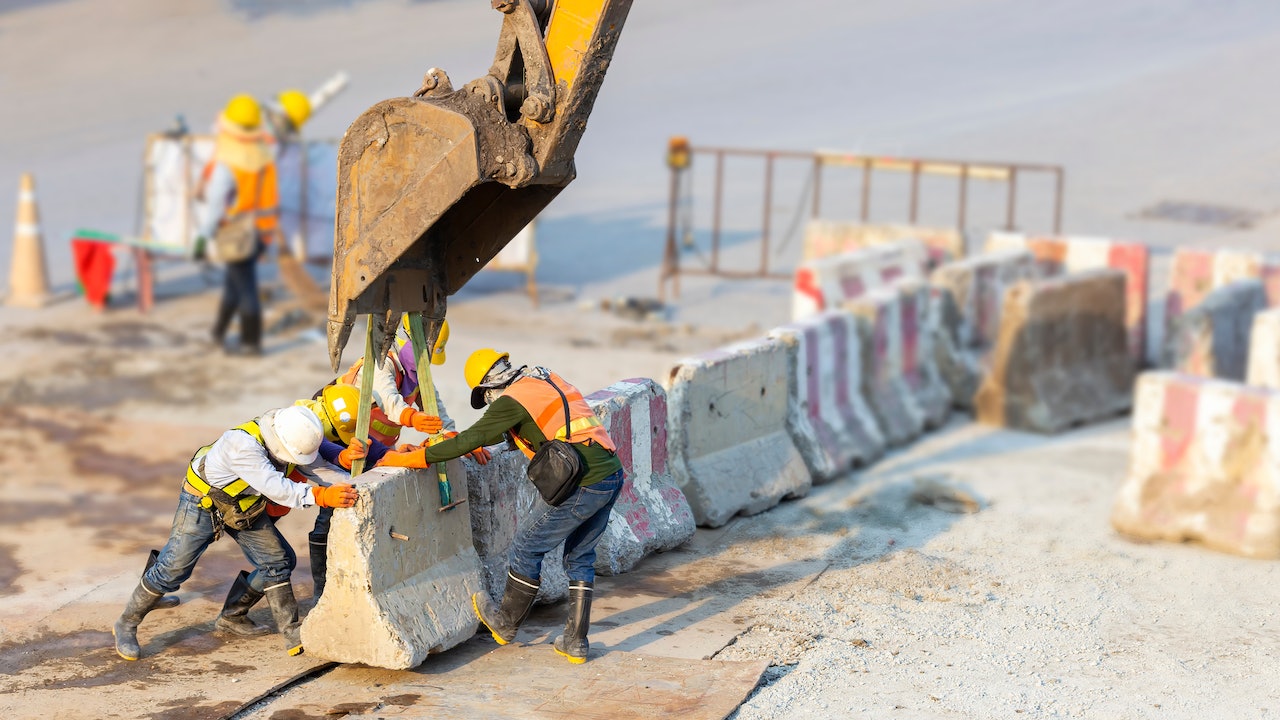
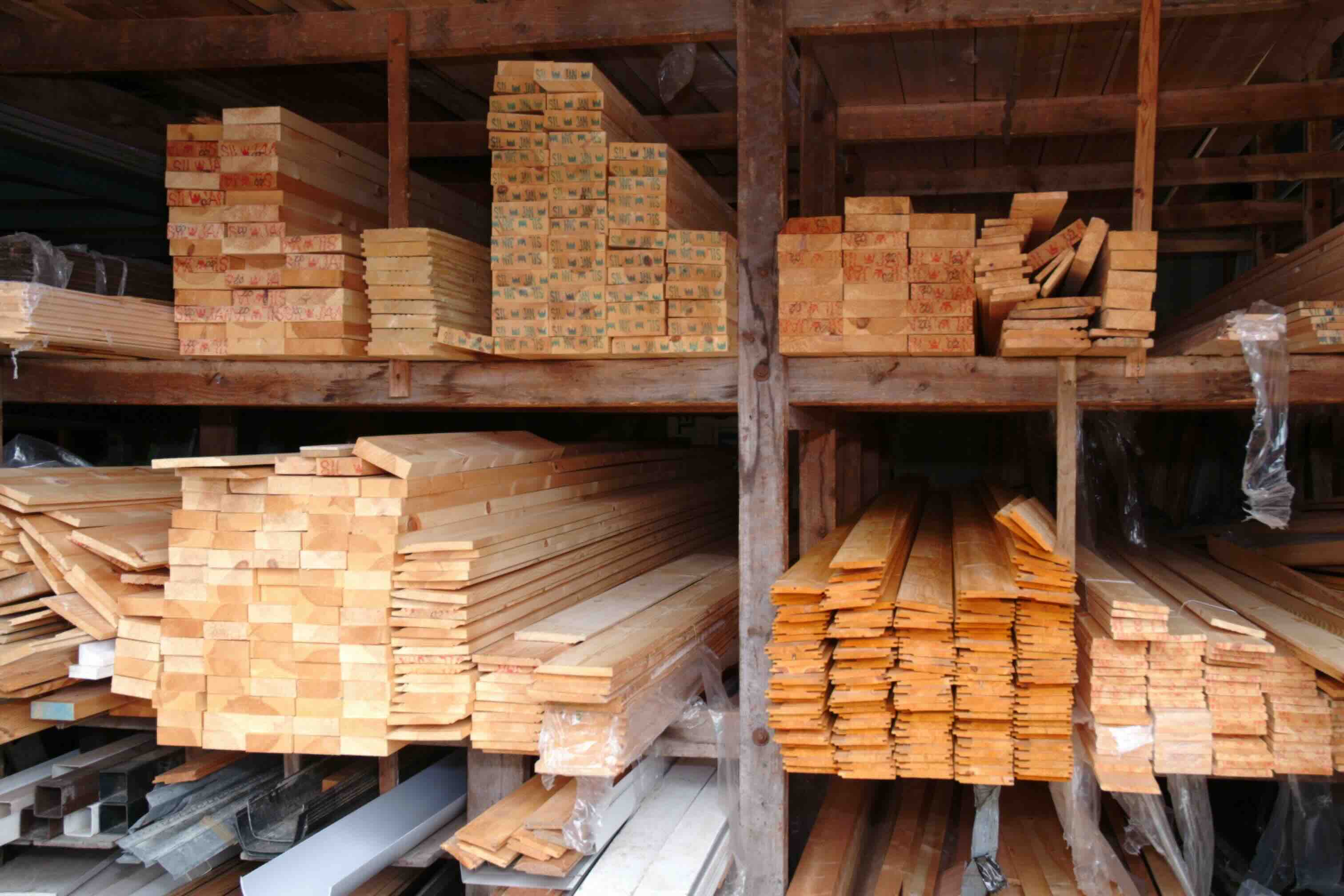
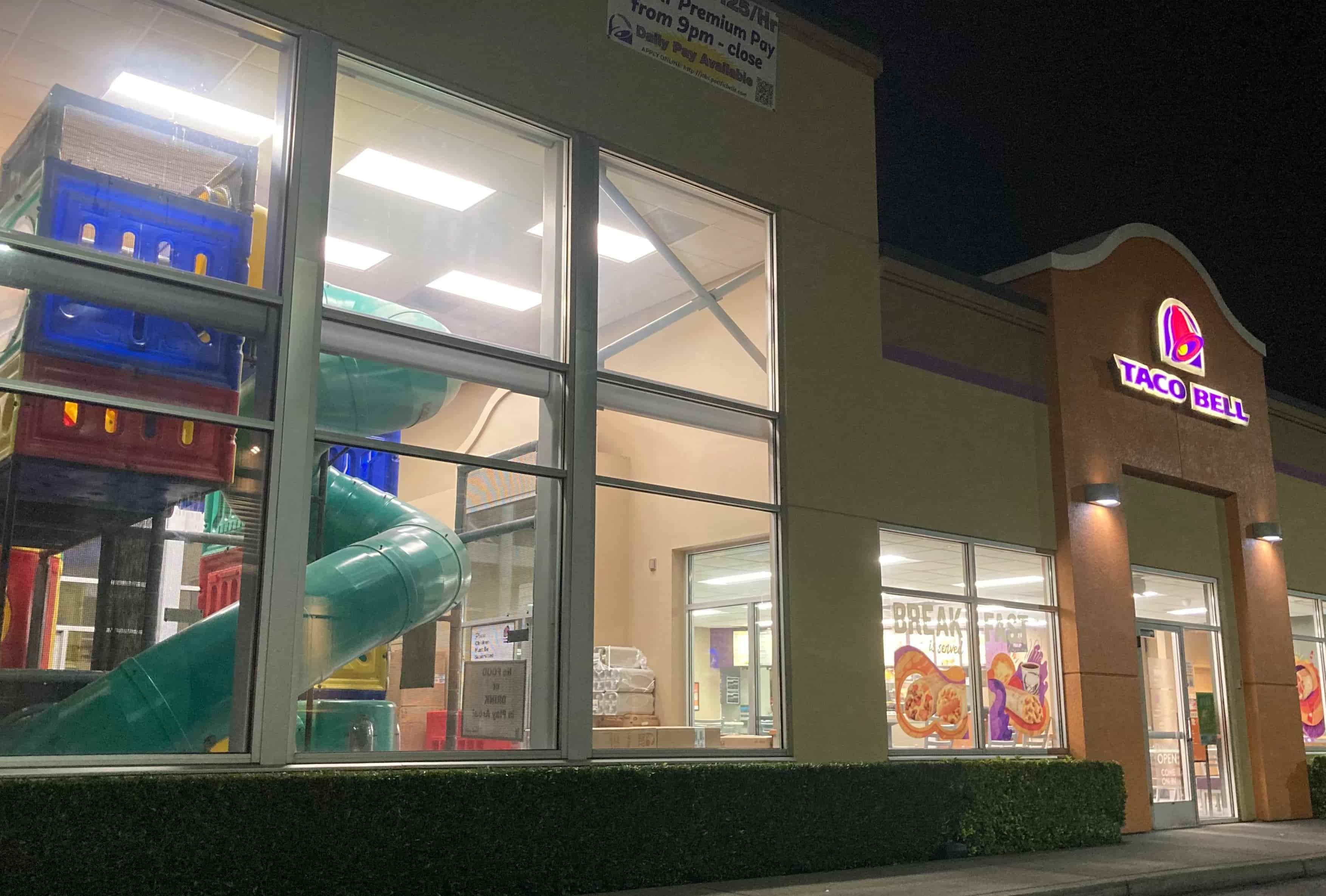
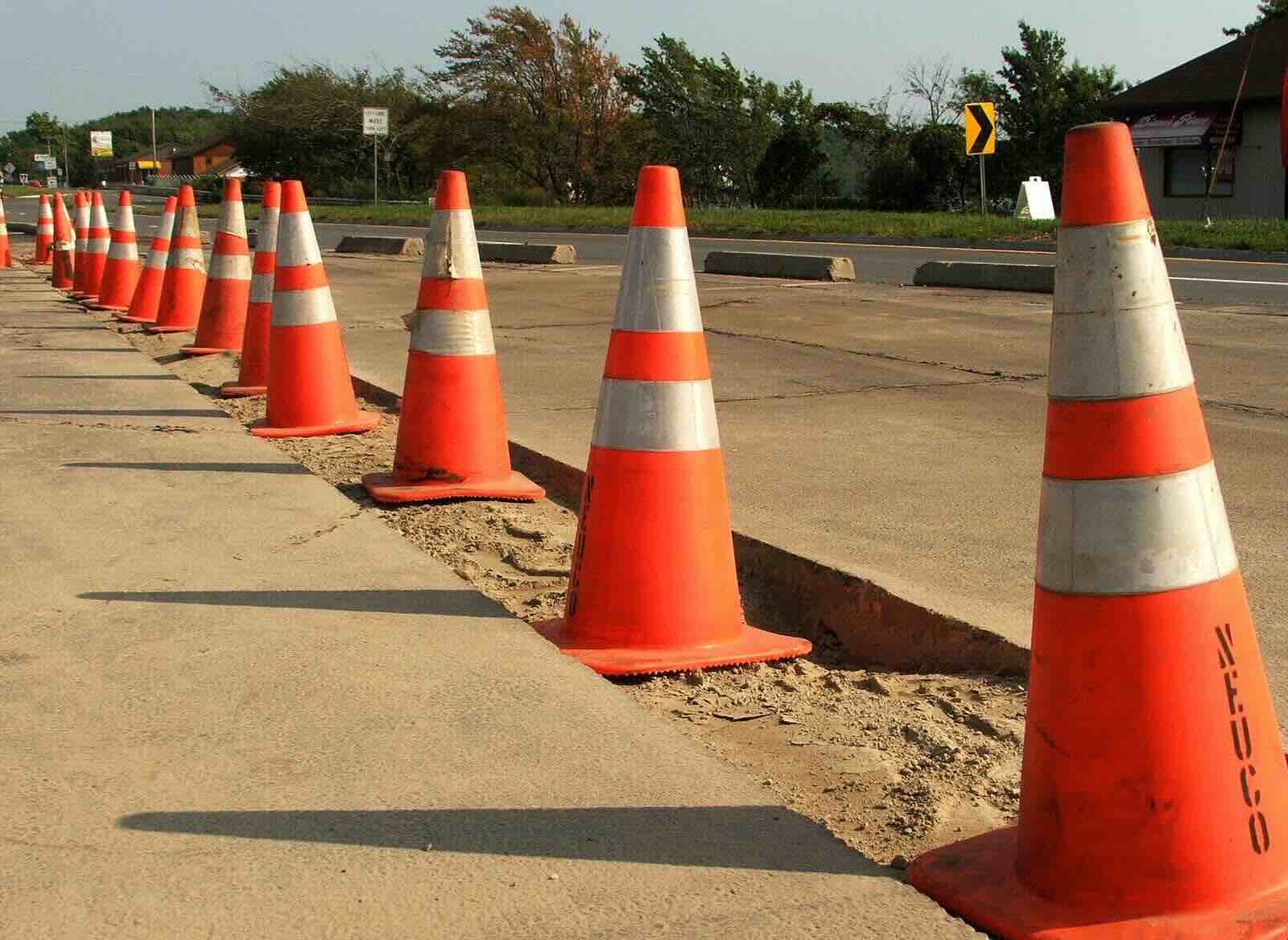
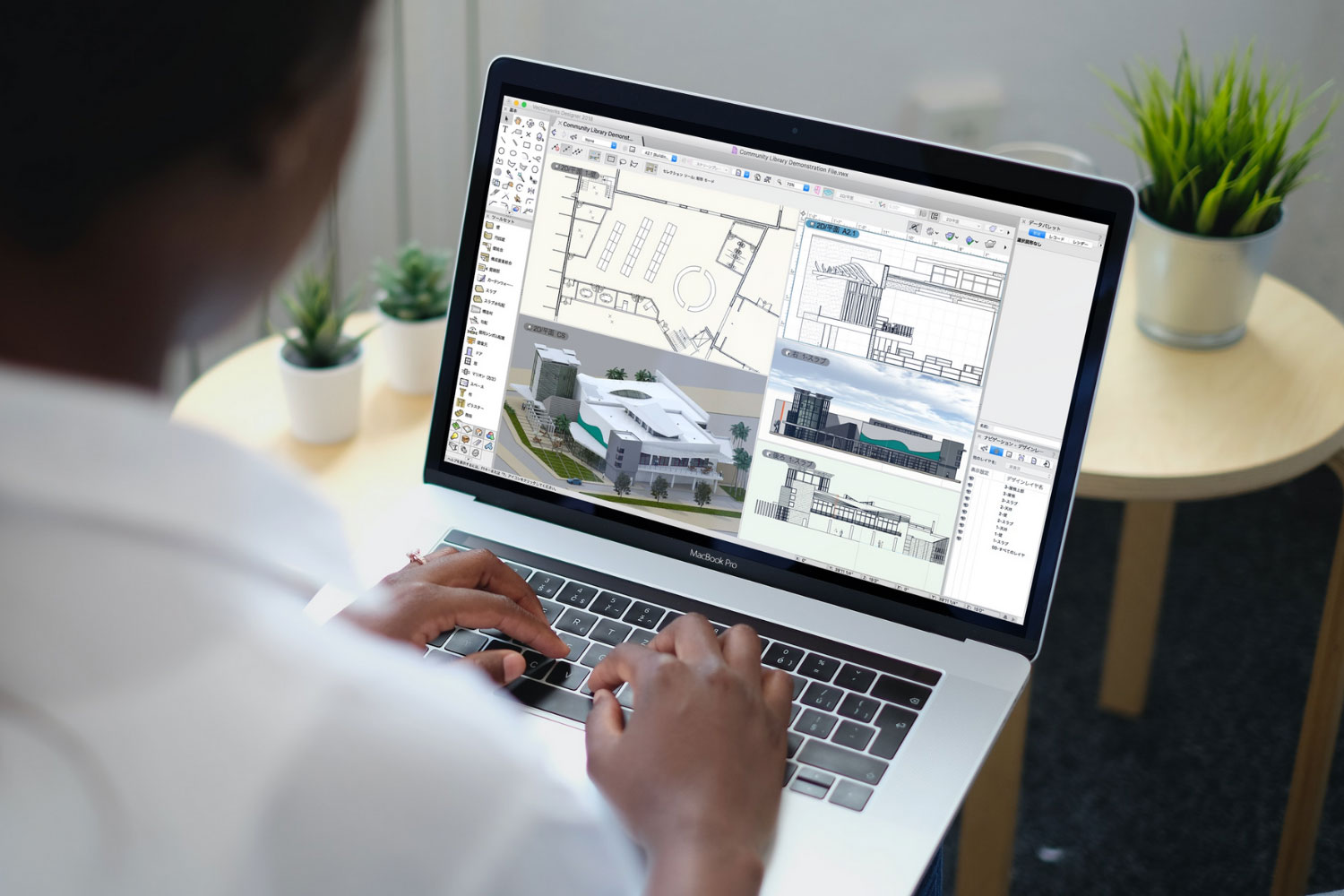
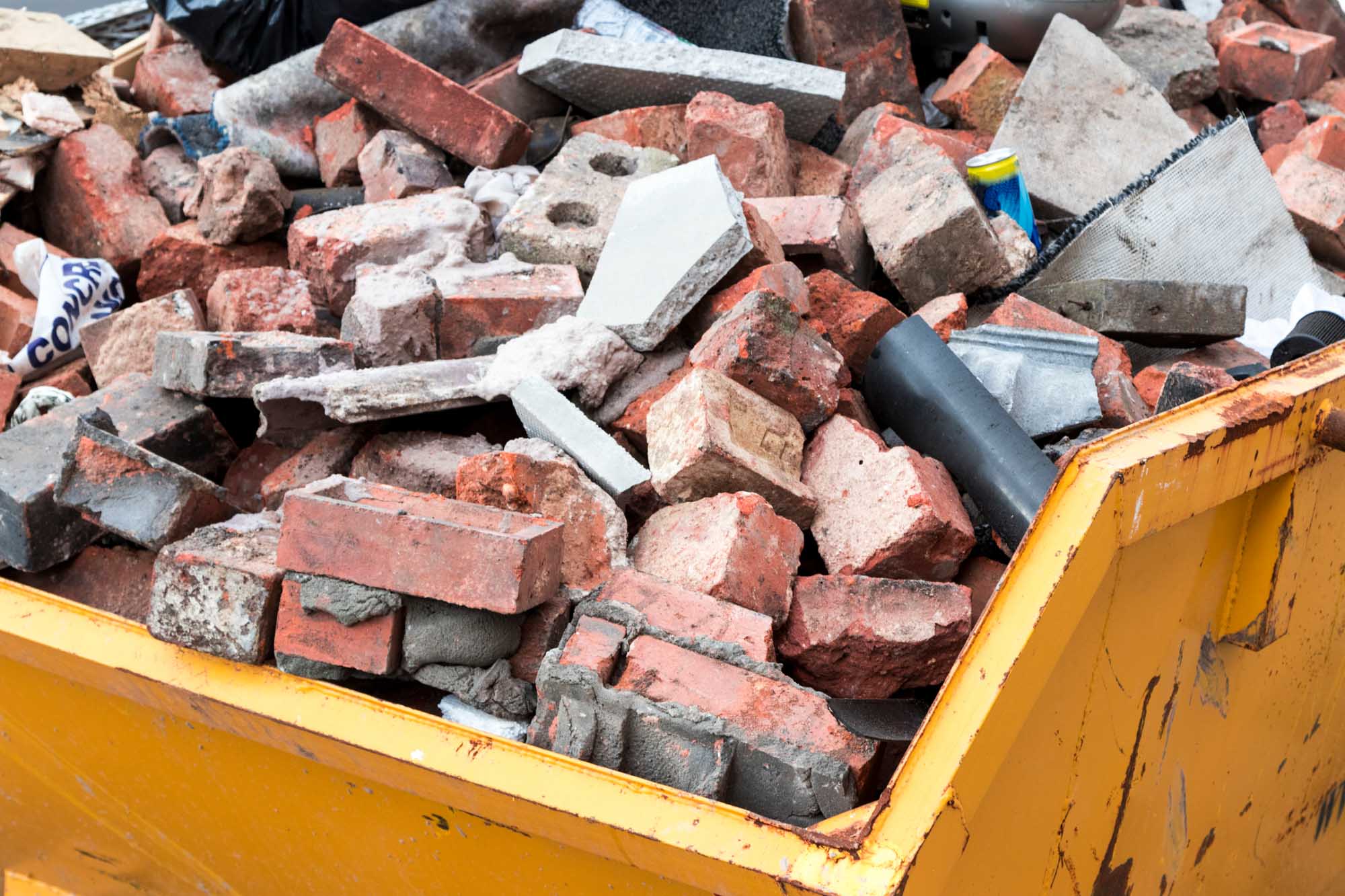




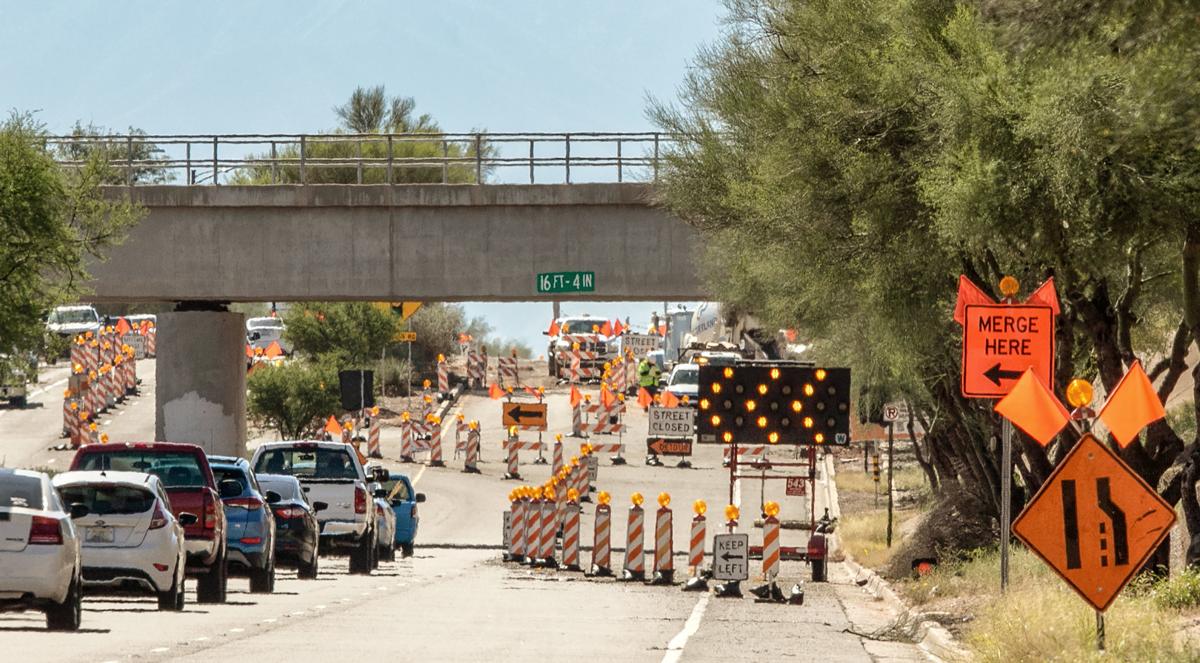




0 thoughts on “Where Is The Freighter Construction Area”